Untapped:
The New West Texas
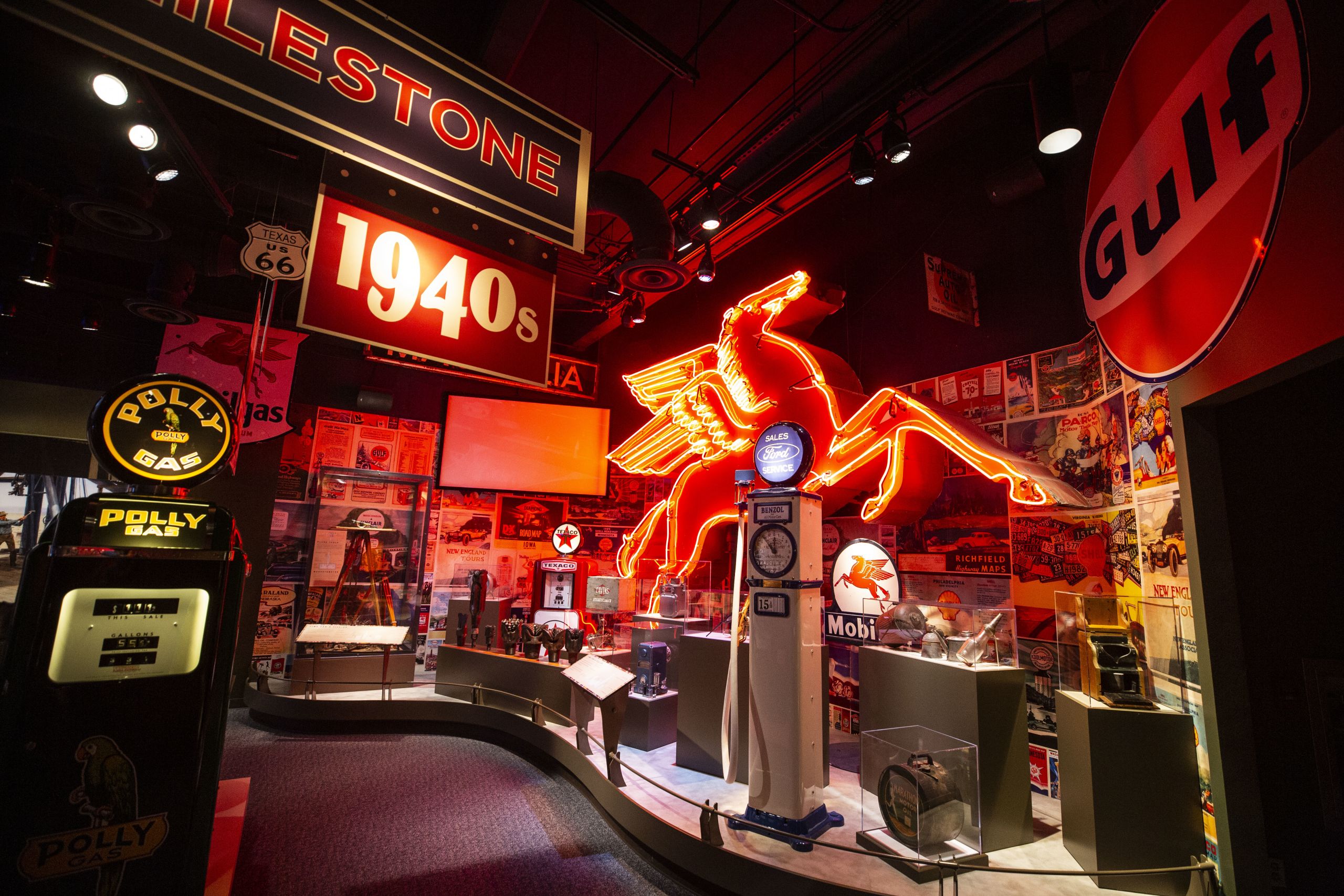

A More Predictable Boom-Bust Cycle Gives Permian Basin Cities Room To Plan For The Future
An economist says disruptions in the global oil market are now just a “blip,” because of steady Permian Basin production.
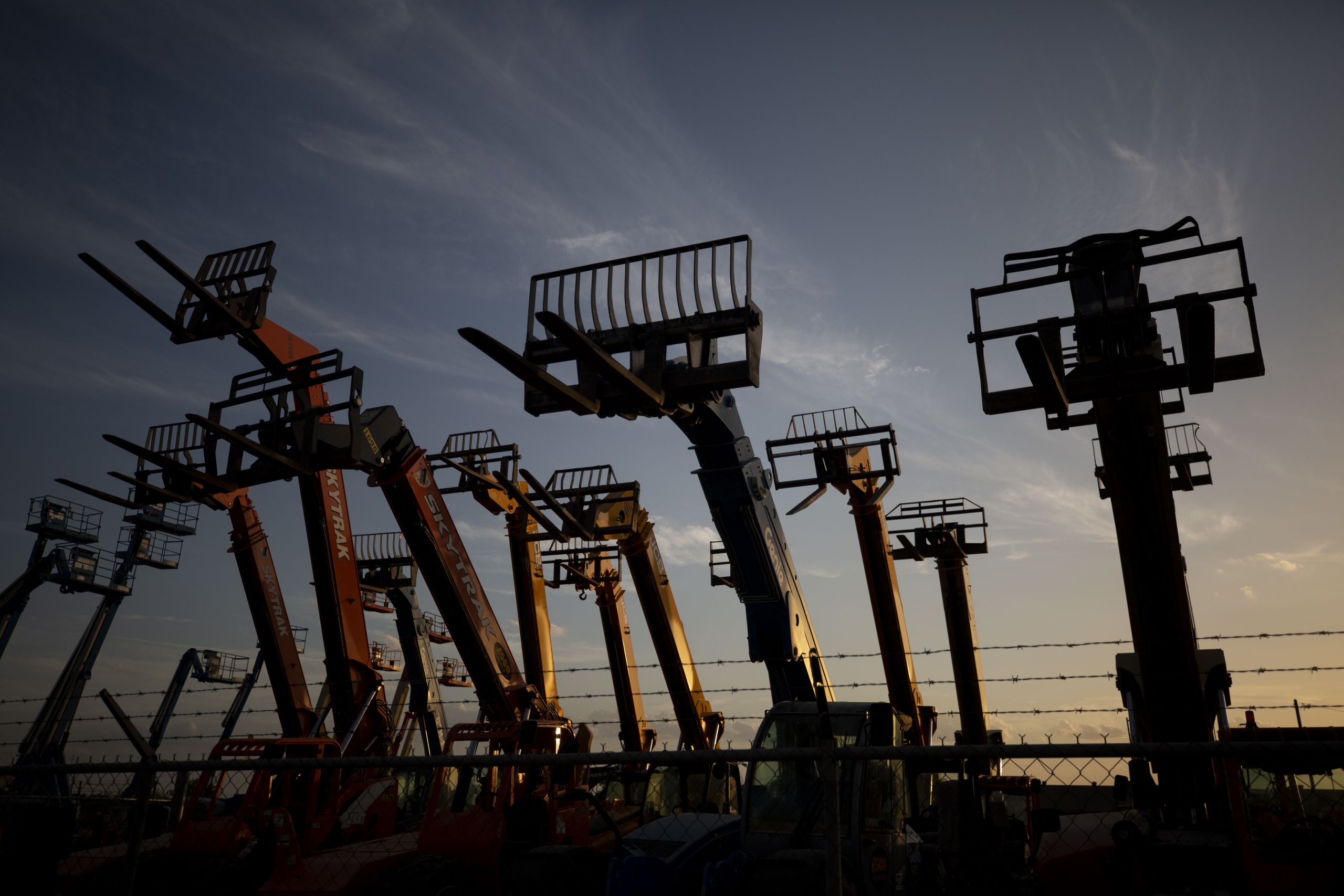
Industrial construction equipment in Midland, TX. Photo by Gabriel C. Pérez/Texas Standard
Industrial construction equipment in Midland, TX. Photo by Gabriel C. Pérez/Texas Standard
Originally published, September 18, 2019
By Rhonda Fanning
Last weekend’s drone attack on Saudi oil facilities affected the global oil market. But it also made Texas’ Permian Basin seem all the more important. Economists say that production in the oil-producing region is what is saving the U.S. from an oil crisis.
Ray Perryman is president and CEO of The Perryman Group, an economic research and analysis firm based in Waco. Perryman, who lives in Odessa, says oil prices spiked a little after the Saudi Arabia attacks – to about $58 per barrel, up from the low-to-mid $50s. He says that “modest” increase can affect energy companies’ bottom lines. But it had broader implications.
“This is basically a 5% cut in world production,” Perryman says.
He says decades ago, when OPEC cut oil production by 5% in the 1970s, it led to a long-term oil crisis and recession in the U.S. Today, though, the Permian Basin can pick up the slack.
“Now, we just simply have a little blip to adjust to. We can immediately make up the production, and that’s basically almost entirely because of what’s happening right here in the Permian Basin,” Perryman says.
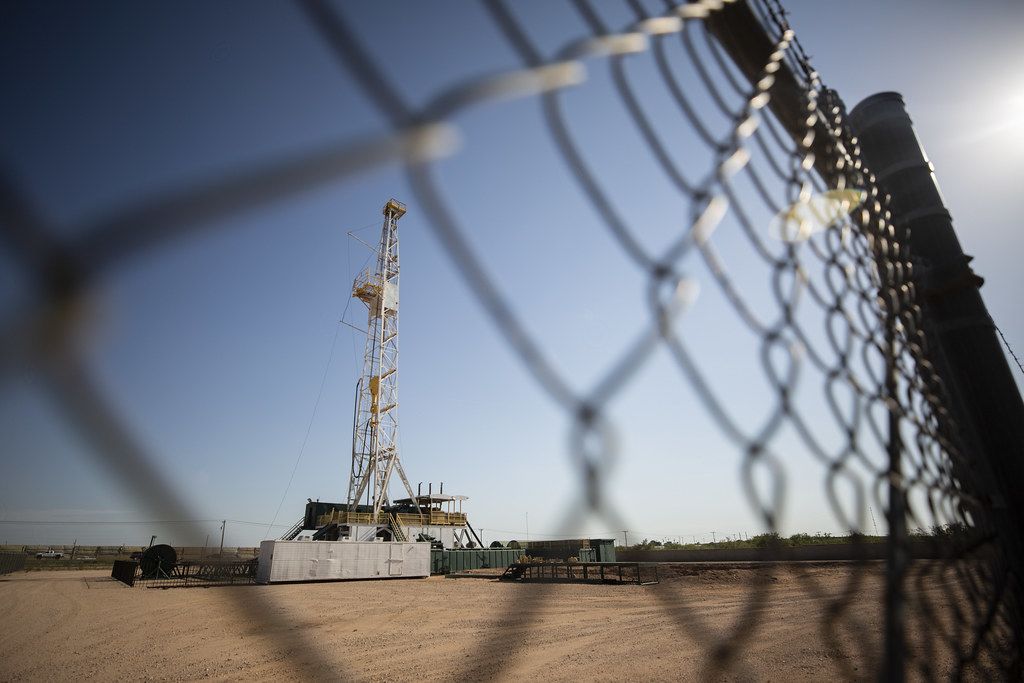
MIDLAND, TX. August 19, 2019. An oil rig outside of Midland, TX. Photo by Gabriel C. Pérez/Texas Standard
MIDLAND, TX. August 19, 2019. An oil rig outside of Midland, TX. Photo by Gabriel C. Pérez/Texas Standard
When the recent oil boom in the Permian Basin started around 2013, oil was much more expensive – more than $100 per barrel in some cases. Now, it’s much lower, but Perryman says the cost to produce now is also lower.
“They make money at $50 a barrel. Pretty soon, they’ll be making money at $40 a barrel,” he says. “So it’s a very different world than what we’ve seen before.”
Residents of Midland-Odessa have lived through oil booms before – they’ve also lived through busts. But since the recent boom has been particularly long, more people are moving to the area for jobs. As a result, cities are making long-term investments in health care, education and more to support those people. Perryman says it’s safer now to make such investments because the boom-bust cycle is less extreme than it was before.
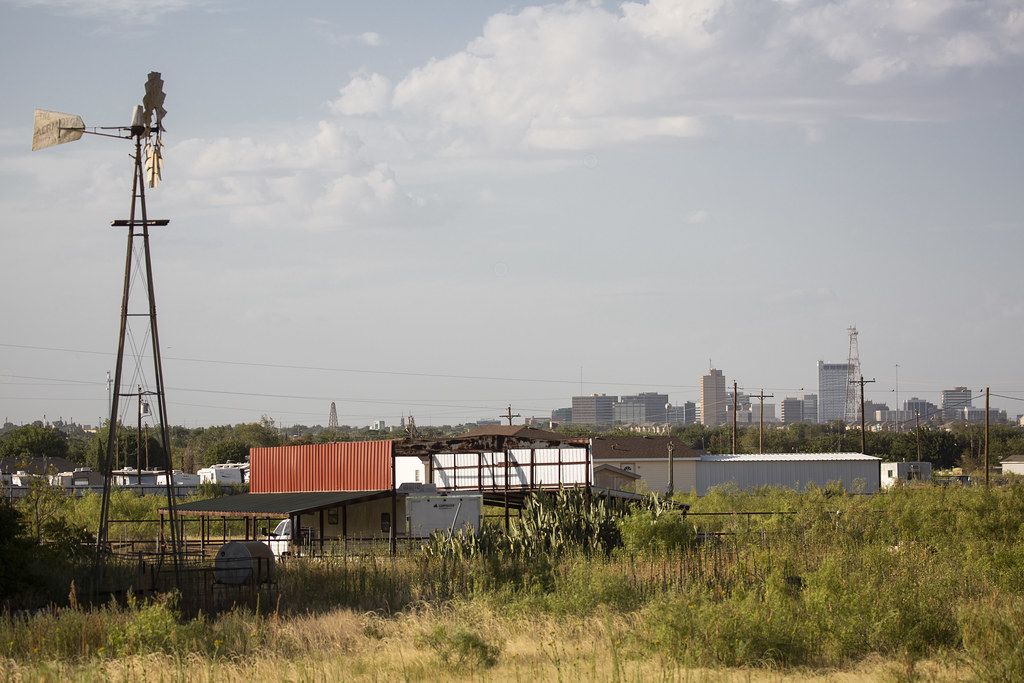
Trailers, mobile homes and RVs south of Midland, Texas - often times temporary, uncounted residential communities on the outskirts of the Midland-Odessa area. Photo by Gabriel C. Pérez/Texas Standard
Trailers, mobile homes and RVs south of Midland, Texas - often times temporary, uncounted residential communities on the outskirts of the Midland-Odessa area. Photo by Gabriel C. Pérez/Texas Standard
“That cycle is going to be dampened. We’ll still have it, but no longer will a $5 or $10 change in the price of oil shut the industry down – or gear the industry up,” Perryman says. “It’s going to be more of a traditional type of business cycle.”
With more stability, he says cities in the area can invest more in things that will make people want to establish roots here.
“Instead of saying, 'I’ll have a job for six months till the price goes down,' and living in a hotel or a man camp, they’ll say, 'I want to have a job for the rest of my career in the oil patch,'” Perryman says. “For that to happen, [cities] have to make these commitments.”
Written by Caroline Covington.
Filling The Worker Gap
West Texas institutions train teachers and medical professionals to serve a growing population.
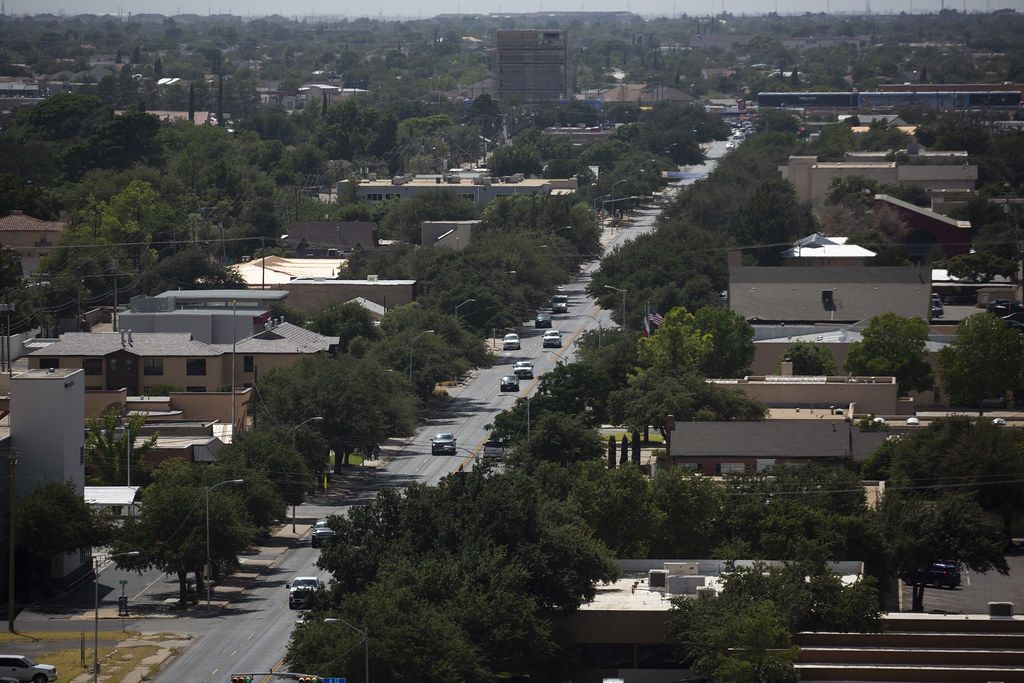
An aerial view of neighborhoods in southwest Midland, TX. Photo by Gabriel C. Pérez/Texas Standard
An aerial view of neighborhoods in southwest Midland, TX. Photo by Gabriel C. Pérez/Texas Standard
Originally published September 18, 2019
By Rhonda Fanning
As West Texas adjusts to the influx of people and economic activity brought about by the energy boom, the area faces shortages in the workforce – particularly teachers and health care professionals. But the shortages are as much about geography and perceptions of what it means to live in West Texas as it is about limitations of the local economy.
Texas Standard host David Brown spoke with two Permian Basin experts who are tracking workforce changes in the region. Sandra Woodley is president of the University of Texas Permian Basin and Jonathan Fuentes is executive dean of academic partnerships at Odessa College.
Woodley says the number of degrees granted by UT-Permian Basin has grown by almost 30% in recent years, but that still might not be enough.
"We know we have to double that to even make a dent in the workforce demands that are here," Woodley says. "For us, I think it is crucial that we are able to recruit the best and the brightest faculty and staff here, and the cost of living has been a bit of a problem."
Fuentes says employers have had to "cast a wider net" to attract the workers they need. Housing availability is an issue, he says, as are wages in non-oil-and-gas jobs.
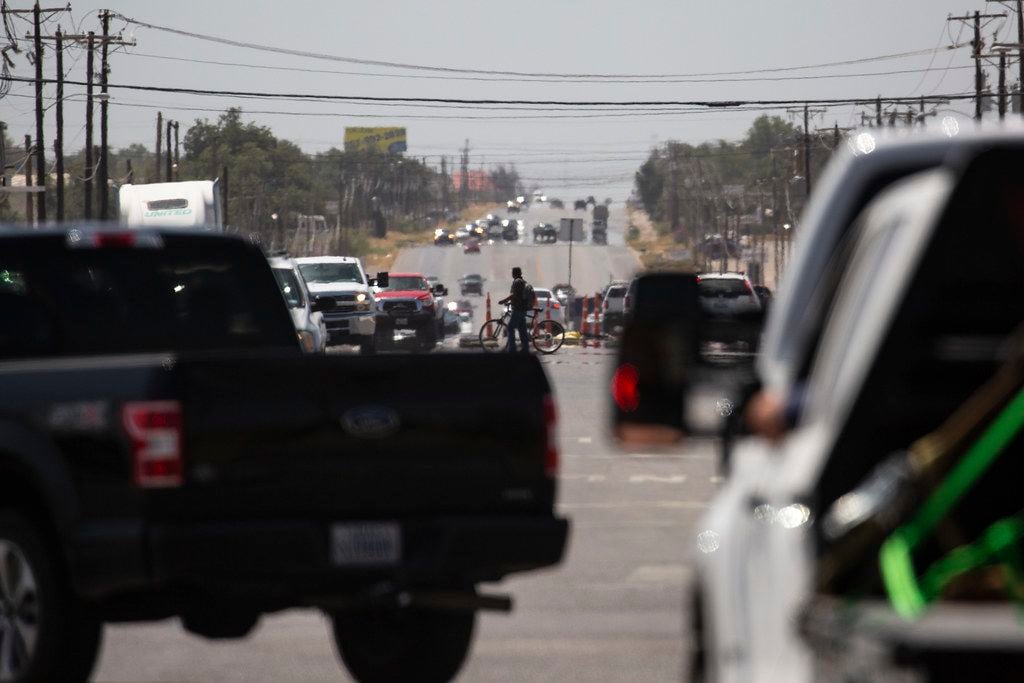
A pedestrian amidst cars, trucks and tractor trailers - traffic and congestion in Midland, Texas. Photo by Gabriel C. Pérez/Texas Standard
A pedestrian amidst cars, trucks and tractor trailers - traffic and congestion in Midland, Texas. Photo by Gabriel C. Pérez/Texas Standard
With a shortage of 300 teachers in the Permian Basin, Woodley says institutions are working to prepare more teachers to take those jobs. She credits Fuentes' Odessa College as a leader in that effort.
The College's "teaching in three" program prepares students to become teachers in three years, rather than four. Students spend half of their college careers at Odessa College; the other half at UT-Permian Basin.
And a partnership between UT-Permian Basin and Texas Tech University in aims to train more medical professionals.
Woodley says quality of life issues are a problem for the area, too, as potential workers look for green space and other amenities that are in short supply in West Texas. She says UT-Permian Basin is working with community leaders to develop amenities, and that the school is building housing for faculty and staff.
Fuentes, who’s a native of Pecos, Texas, returned to the Permian Basin after being away for years. He says he loves the area, and that it has a lot to offer newcomers.
"One of the most exciting things about the Permian Basin is the economy and how strong it is, and how you can really do well for yourself in this economy," he says.
Written by Shelly Brisbin.
Why Texas Embraced Its Western Myth
Icons like the cowboy and the wildcatter haven’t always dominated the Lone Star State’s image in popular culture.
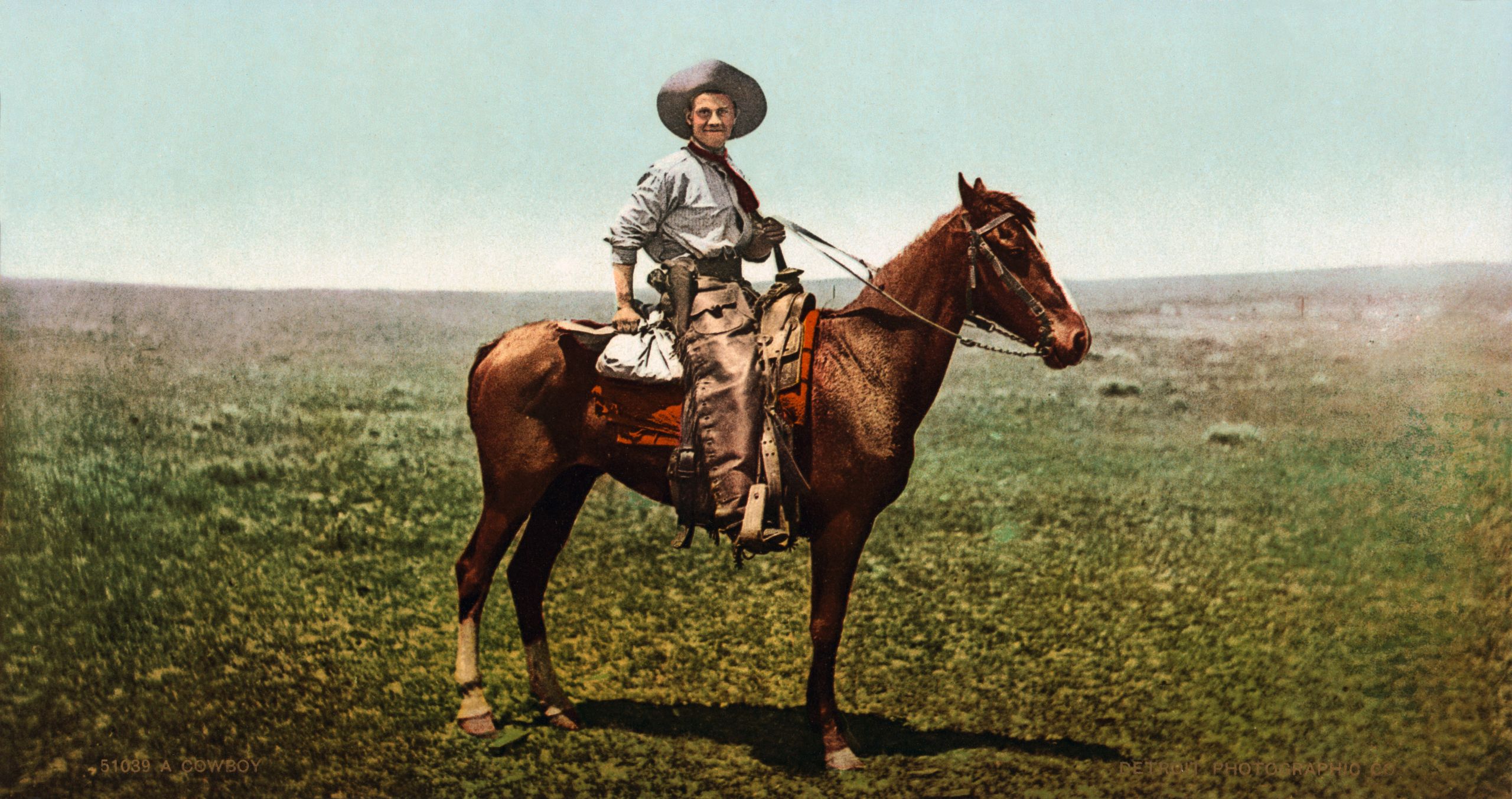
Detroit Publishing Co
Detroit Publishing Co
Originally published, September 18, 2019
By Michael Marks
There may be no more appropriate way to be welcomed to the State Fair of Texas than the one currently in use: a booming “Howdy folks” from a 55-foot-tall cowboy.
Big Tex is an icon, of course – beloved by Texans as a worthy avatar for the state’s annual exposition. But there was a time when a similar figure wasn’t quite as welcome in Fair Park.
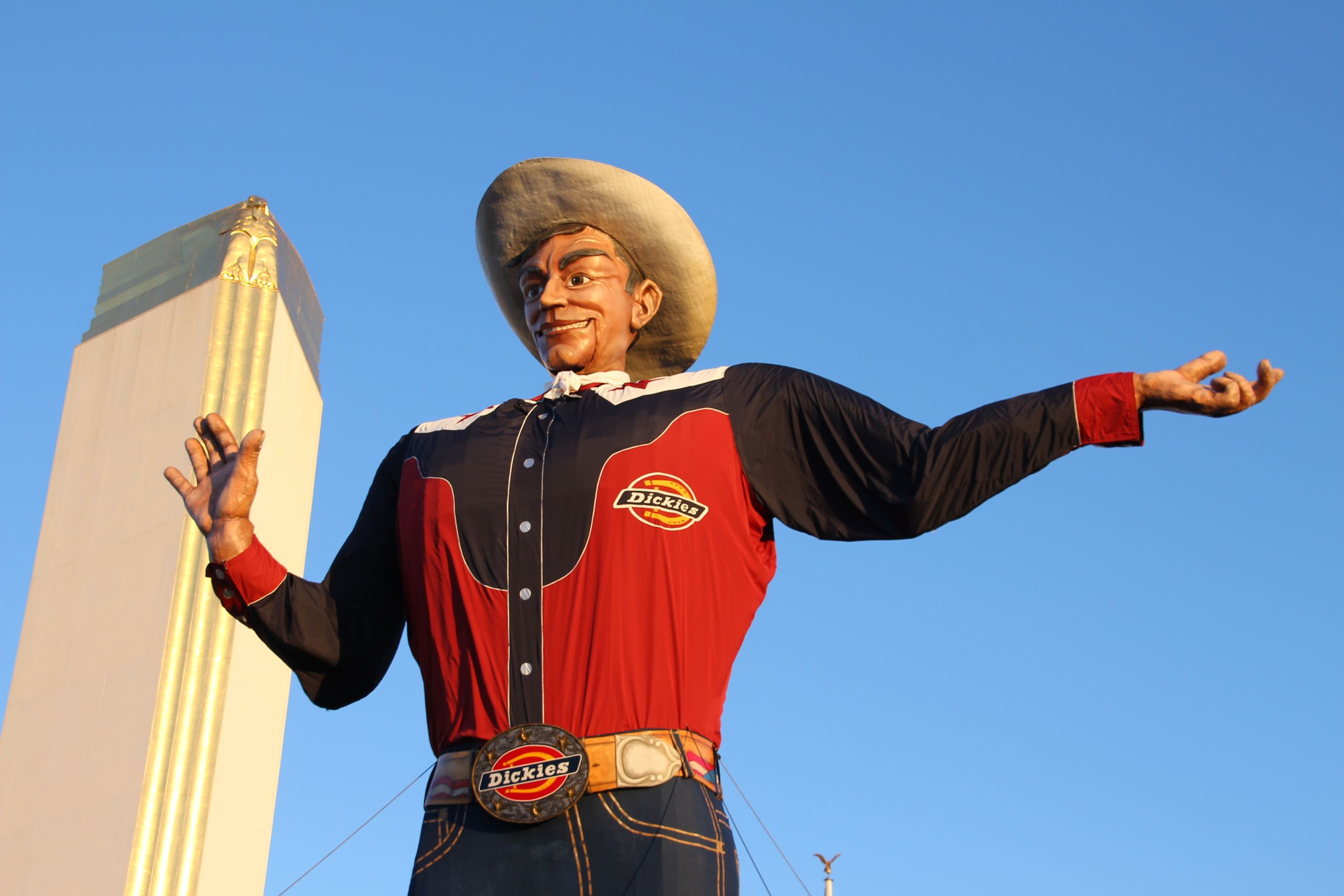
Big Tex. Photo by David R. Tribble
Big Tex. Photo by David R. Tribble
In 1936, Dallas hosted the Texas Centennial Exposition – a five-and-a-half month celebration honoring the first 100 years of independent Texas. Imagine a Texas-sized world’s fair, with rides, performances, and works of art – including a 12-foot-tall statue of another famous cowboy: Buffalo Bill.
The statue was called The Scout – a bronze likeness of Bill on a horse, rifle in one hand, reins in the other, surveying the country below him. It was the first thing visitors would see when they entered the fairgrounds’ Hall of Arts. And that made some Texans very angry.
The Midwestern cowboy was a decidedly un-Southern figure. Buffalo Bill supported the Union during the Civil War. There were rumors he may have even been a spy. Groups such as the Dallas chapter of the United Daughters of the Confederacy steamed over venerating such a figure. But the statue stayed, despite the protests. The conflict was a product of a broader cultural pivot was away from the South, and toward the West.
“Around the turn of the 20th century, Texans began playing up this sort of romantic, heroic, frontier aspects of the state, with particular emphasis on the cattle drives, and the cowboy, and the Texas Rangers and the Indian Wars,” says Gregg Cantrell, chair of Texas history at Texas Christian University.
The state’s Southern heritage used to be celebrated. But by 1936, there was a compulsion to distance from what historian C. Vann Woodward called the “burden of Southern history”: the collective weight of slavery, racism, military defeat, and Reconstruction.
To get away, Texans looked west.
West Texas served as a kind of cultural escape hatch for the rest of the state. From the late 19th century through the early 20th, America demanded a romantic vision of the country’s western frontier, and Texas supplied it. Through events like the 1936 centennial, as well as advertisements and pop culture, the state projected a wholly western image to the outside world.
“It was the first modern marketing campaign for Texas, and the imagery adopted and manifested and promoted in the centennial is still imagery we use today,” says Bonnie Wilson, a historian for the Texas Historical Commission.
The movement was partly organic, partly intentional, fueled by politicians, writers, filmmakers, and civic boosters like Amon G. Carter Sr., who owned the Fort Worth Star-Telegram. Carter, Fort Worth’s ultimate cheerleader, branded the newspaper as the paper of record for West Texas.
“He was clever enough to probably realize you could attract more investment to Texas if you separated it from the South,” says Walter Buenger, professor of Texas history at the University of Texas at Austin.
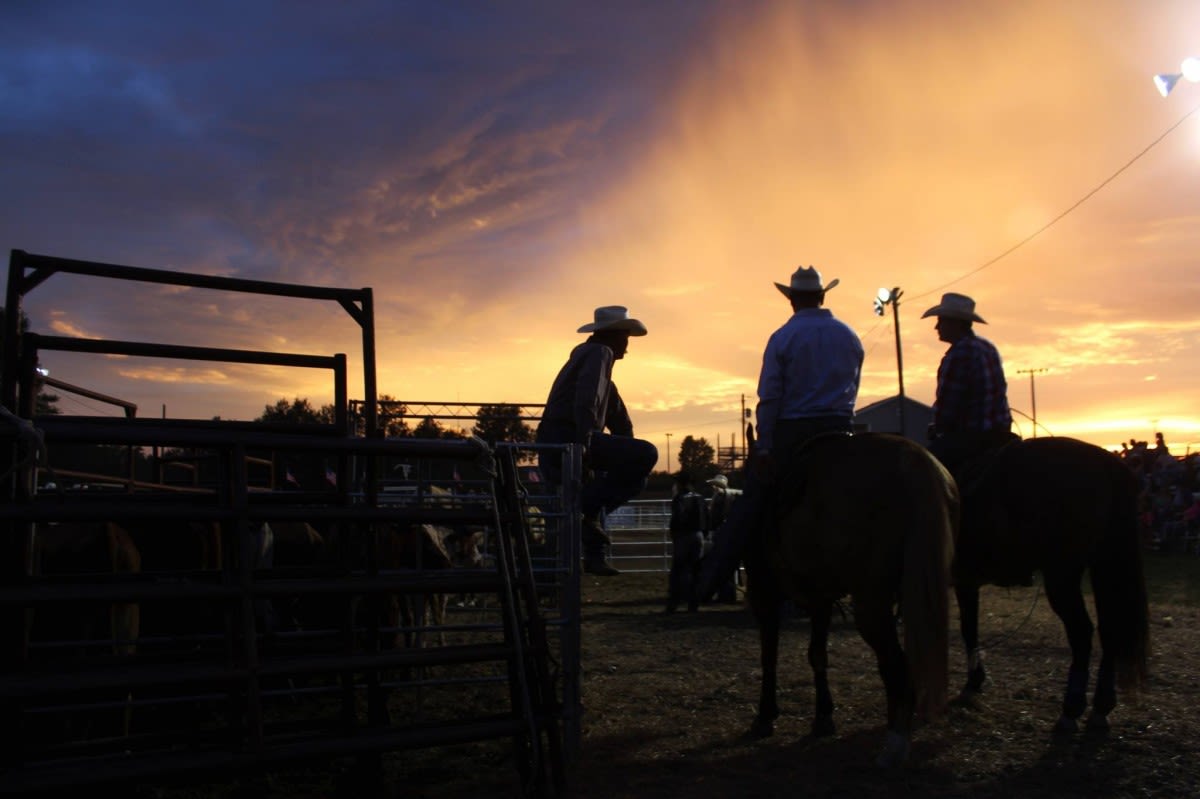
There was a ranching tradition around Fort Worth, but it was also a community of slaveholding cotton farmers who had voted to secede from the Union. But Carter said Fort Worth was the West, and so it was.
He put the phrase “Where the West Begins” on his paper’s masthead. It’s still the city’s motto. When Dallas won the right to host the Centennial Exhibition in 1936 – itself largely an homage to all things western – Carter spearheaded Fort Worth’s own celebration, called the Frontier Centennial. In a 1935 newsreel on the competing exhibitions, he derided the “dudes” from Dallas, vowing to teach them “where the West really began.”
It’s impossible to narrowly define Texas’ identity. But the Western aspect of it has persisted as well as any. Pop culture is responsible – movies like “Giant” and “Hell or High Water,” for example – as are ads and sports teams. Consider the Spurs, Mavericks, Oilers, Rangers, and Cowboys.
There is some truth to the image – many Texans are cowboys and wildcatters. But its persistence troubles historians who feel it obscures a more complicated truth. The state’s Western pivot was driven almost exclusively by white men, and produced a popular history centered around a white, Protestant, rugged individualist who wrested control of Texas from non-white would-be tyrants. Presenting such a story – incomplete as it may be – was intentional, according to Wilson of the Texas Historical Commission.
“You’re not going to present a story of Texas history where we might not be winners,” she says. “But there’s a more inclusive story to it, and a more contradictory story and maybe ugly story behind it.”
So while it’s difficult to ever see Texas’ western identity fully fading, the way we Texans see themselves is changing. In less than two decades, it will be time to celebrate the Texas bicentennial. Who knows what story we’ll be telling ourselves by then.
What Elvis Presley Owed West Texas
In the early years of his career, Elvis played places like Midland and Sweetwater, and met other soon-to-be music legends on the rise.
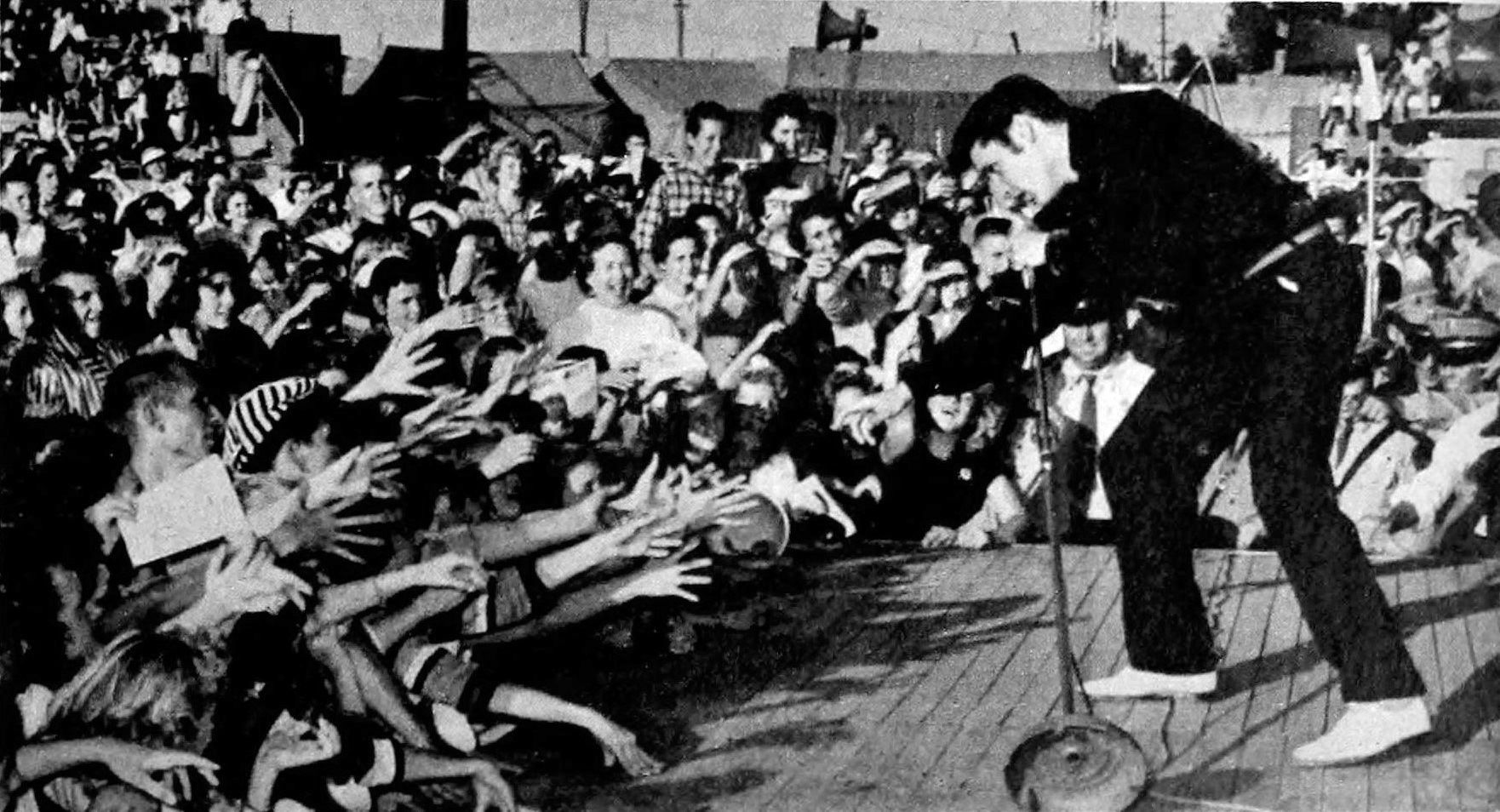
Wikimedia Commons [Public domain]
Wikimedia Commons [Public domain]
Originally published, September 18, 2019
By W.F. Strong
It is my belief that Texas was largely responsible for launching Elvis Presley's phenomenal career. Texas, perhaps as much as Tennesee, gave him a vital push onto the national stage and empowered his rise to the eventual undisputed title of “The king of rock and roll.”
Now, I'm not claiming that he became the timeless icon of popular culture that he became, solely because of Texas. Given his super-charged charisma, even if he'd first toured in Northern Siberia, he still would have melted teenage hearts and attracted a massive following. Fame would have found him anyway. But that's not how it happened. Elvis himself once said, "I owe a lot to Texas; they're the ones who put me over the top. I've covered a lot of territory; mostly in West Texas. That's where my records are hottest: down in San Angelo, Lubbock, Midland and Amarillo.”
In fact, when Elvis began touring in the mid-1950s, 86 of his first 200 concerts were in Texas. These were not all in the big cities, either. To be sure, he hit Houston and Dallas and San Antonio, but he mostly traveled to smaller towns. He went to Gladewater in East Texas and Sweetwater in West Texas. He played Paris – Texas that is – and out west he played Odessa. Most of his concert dates were in West Texas: El Paso, Lubbock, Amarillo, Alpine, Midland, Abilene, Wichita Falls, Brekenridge, San Angelo, Stephenville and Big Spring. These were not one-time stops either. He played in Midland and Odessa and Lubbock several times in his first years of stardom.
And it was touring in West Texas that introduced Elvis to some of the greatest musicians of his age. Buddy Holly opened for Elvis in Lubbock in 1955. Buddy was a high school senior. Elvis was 20. They bonded in mutual admiration of their outsized talents. Buddy would open for Elvis two more times that year. When Buddy died tragically just four years later, Elvis couldn't attend his funeral because he was in the Army, stationed in Germany. But he did send a huge wreath of yellow roses in a loving tribute to the great Texan.
Elvis played in Odessa and Midland several times in 1955 and 1956. Once in Midland, at a show featuring Johnny Cash, Elvis and Johnny met a slightly younger, 19-year-old, Roy Orbison and advised him on launching his singing career. Cash was the old man of the group, at 23. Wouldn't you have loved to have been backstage in Midland seeing those three future legends huddled together? Later in life someone asked Cash why he played a guitar so hard. And he said that he didn't play all that hard, but Elvis sure did.
One thing that Elvis achieved that neither of the other two did was to create a fanbase of screaming, unruly girls. He sometimes begged them to settle down so people could hear the music.
His biographer, Bobbie Ann Mason, said, "He was brimming with sexual energy and the stage allowed him to give that energy free, exuberant play."
Yes, the girls adored Elvis, but the boyfriends they climbed over to reach him were not great fans. They did not understand how this man driving a pink Cadillac and wearing the bright colors of a peacock could whip their girlfriends into such a lustful frenzy. To add to the insult, their girlfriends rushed to buy the Elvis lipsticks that were for sale at the concerts; Tender Pink and Cruel Red. Elvis was dismayed that so many of the boys didn't like him, because he considered himself "just one of the guys."
After 1956, Elvis moved slowly away from Texas, drifting toward Las Vegas where audiences came to him instead of him driving all night in a pink Cadillac to make his next show. Hollywood, too, came knocking. So he would never again return to Texas with anywhere near the frequency he did in the early years of his growing fame. The year he died, he held his last Texas concerts: one in Abilene and the final one in Austin on March 28, 1977.
Two books that were helpful in researching this story are "Last Train to Memphis: The Rise of Elvis Presley" by Peter Guralnick, and "Elvis Presley: A Life (A Penguin Life)" by Bobbie Ann Mason.
In The Permian, Economic Growth Is Solid, But Subject To External Pressures
Foreign and domestic politics, along with the economics of oil extraction are unpredictable variables for the Midland area.
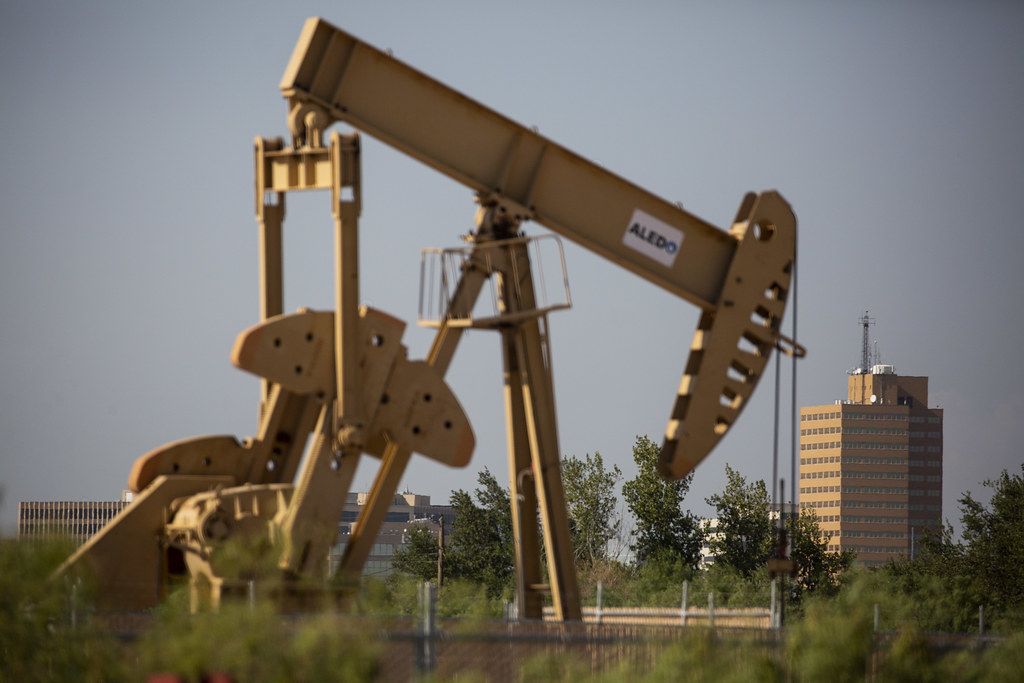
A pumpjack outside of Midland, Texas. Photo by Gabriel C. Pérez/Texas Standard
A pumpjack outside of Midland, Texas. Photo by Gabriel C. Pérez/Texas Standard
Originally published, September 18, 2019
By Rhonda Fanning
Midland and other cities whose economies rise and fall with the Permian Basin oil industry, are experiencing plenty of growth as the shale boom continues. But the industry’s history shows predicting future economic stability can be nearly impossible.
Diana Davids Hinton, a history professor at the University of Texas-Permian Basin specializing in the history of the oil and gas industry, recently published a book called “Shale Boom: The Barnett Shale Play and Fort Worth.” She says the shale development that set the stage for the economic success of cities like Midland really kicked off with a large shale discovery in Reagan County in 1923, Santa Rita No. 1.
“That’s what really really showed that as a region, this region could have a tremendous amount of oil in it,” Hinton says. “And discoveries took place afterwards in Winkler County, in Pecos County, and Ector County, so towns like Midland and Odessa began to grow very rapidly.”
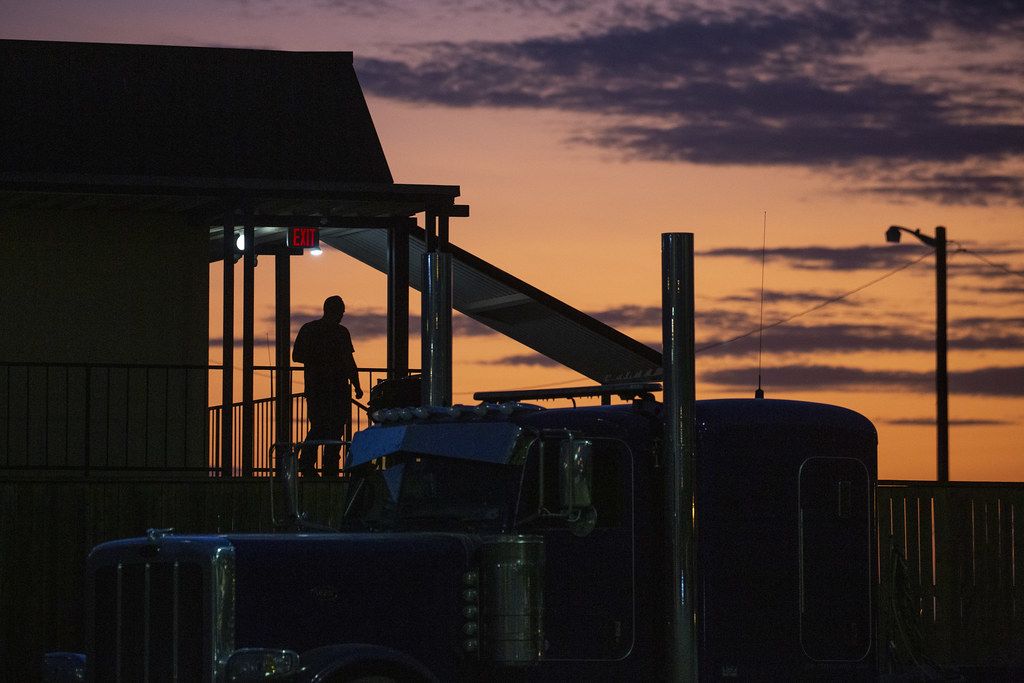
A hotel adjacent to interstate I-20 in Midland, Texas. Photo by Gabriel C. Pérez/Texas Standard
A hotel adjacent to interstate I-20 in Midland, Texas. Photo by Gabriel C. Pérez/Texas Standard
Hinton says the oil industry is naturally volatile, economically, owing to its dependence on uncontrollable prices and the development of new technology. While the large supply of oil and new advances in extraction might make it appear as though cyclical booms and busts are a thing of the past, Hinton says oil still needs to be profitable enough that drillers can make money taking out of the ground. Uncontrollable factors like the ups and downs of other nations' economies and Middle East politics will still affect West Texas oil production.
Hinton says the Permian, which currently struggles with rapid growth, will eventually settle into a new normal.
“What will probably happen is that we will see a period after say, maybe seven or eight years where things stabilize,” Hinton says. “There’s not as much difference in population, but up till that point things will grow as more and more oil is produced and as we get the pipelines to where people want to buy it.”
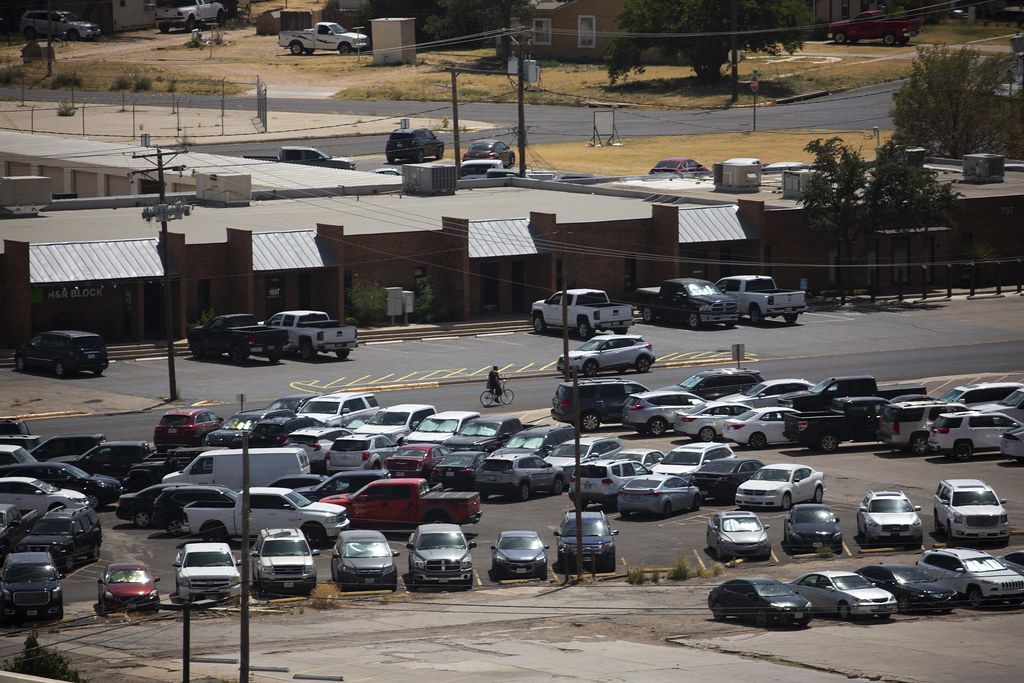
An aerial view of a parking lot and small shopping center in Midland, Texas. Photo byGabriel C. Pérez/Texas Standard
An aerial view of a parking lot and small shopping center in Midland, Texas. Photo byGabriel C. Pérez/Texas Standard
Domestic politics plays a role in the economic development of the Permian Basin as well, Hinton says. The economy is not ready for the replacement of fossil fuels with sustainable alternatives, she says, and cutting those fuels out completely would ultimately harm the economy.
“If we were to jump the gun and do what the Green New Deal wants to do, and simply end the use of fossil fuels, and with Senator [Elizabeth] Warren, call a halt to fracking, then we would put thousands of people out of jobs, we would have incredibly expensive energy,” Hinton says. “It’s hard to see how the economy would function in that kind of context.”
Written by Savana Dunning.
From Toilet To Tap: How Big Spring Fights The Effects Of Drought
Since the first-of-its-kind program started five years ago, locals say the water doesn't taste great, but it's perfectly fine to drink.
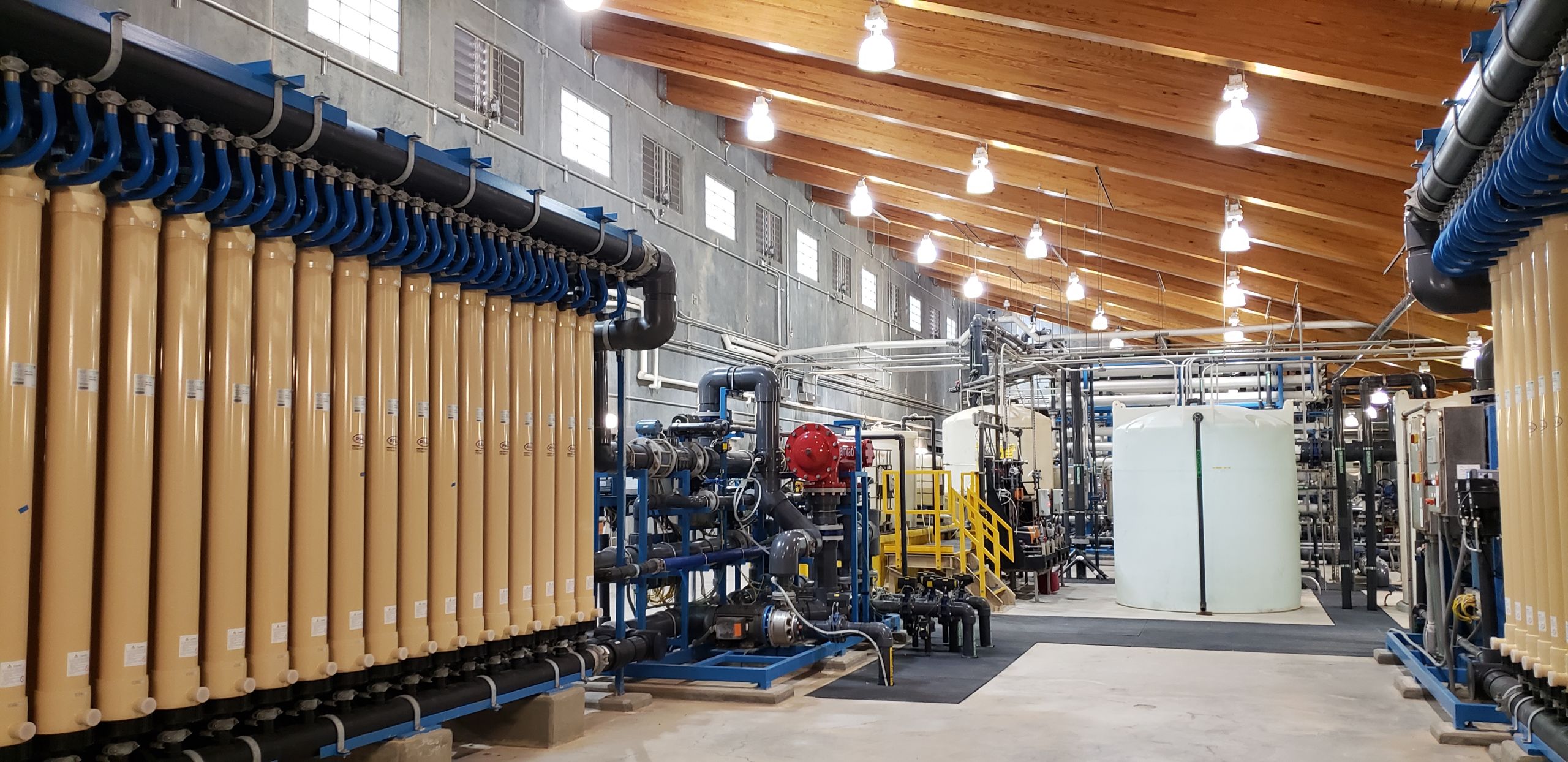
The Colorado River Municipal Water District’s first direct potable reuse water-treatment plant takes treated wastewater from the city, microfilters it, sends it through reverse osmosis and blasts it with UV rays. What comes out is 99.9 percent pure water. Photo by Kristen Cabrera/Texas Standard
The Colorado River Municipal Water District’s first direct potable reuse water-treatment plant takes treated wastewater from the city, microfilters it, sends it through reverse osmosis and blasts it with UV rays. What comes out is 99.9 percent pure water. Photo by Kristen Cabrera/Texas Standard
Originally published December 11, 2018
By Kristen Cabrera
Despite its name, water in the West Texas town of Big Spring is scarce. The town's namesake spring dried up decades ago, and droughts in recent years have made the water situation there even worse. So, Big Spring had to get creative. In 2013, the city became the first in the U.S. to start treating, and then reusing, its waste water. Some people call this “toilet to tap” – it's, understandably, not a favored term among water engineers.
In regular systems, water is flushed down the toilet, or flows down the sink or shower drain, and ends up in a lake, a river, or out in the ocean. Southern Cal environmental engineer Amy Childress says those bodies of water are called "environmental buffers" because they're a kind of safety net: if something goes wrong in treatment, officials can catch it because it hangs out for a while in some kind of reservoir.
"The buffer is also talked about as a psychological barrier because it does distract us from where ... the water came from," Childress says.
But not in Big Spring. After the initial treatment most cities do before dumping wastewater, Big Spring's water goes through a second, special cleansing, then, it goes straight back to the tap without ever seeing the light of day in a reservoir. Water engineers call it "direct potable reuse."
One reason Big Spring was the first to do it on a citywide scale is because reservoirs there are constantly losing water in the West Texas heat. John Womack is operations manager at the The Colorado River Municipal Water District, and says, "Mother nature would take it away from you just as easy as she gave it to you. ... We can't control that."
Womack says the water district's biggest enemy is evaporation.
"Especially with all the wind we have out here, and all the heat we have in the summertime; this is a very arid climate," Womack says.
By skipping the reservoir stage, the district now saves 1.7 million gallons of water every day.
So here’s how it works: The city first removes all the big, chunky stuff from the wastewater. From there, instead of going back into nature, the water goes through its second, special cleansing during which it goes through several other stages. The first is microfiltration.
"The beauty of a microfilter is that they have the ability to filter down to one-tenth of a micron, which is a very small particulate," Womack says.
That's about one-five hundredth the width of a human hair; this step helps get out most bacteria. But it can't remove viruses, which is where the next step – reverse osmosis – comes in.
"Reverse Osmosis is different than filtration. Water is being diffused by a cellulose membrane, so you are getting down to the atomic level. Individual molecules of water are going through that membrane and not allowing other molecules to go through," Womack says.
The final step of this "cleansing" is super-intense ultraviolet processing. The system adds in a small stream of hydrogen peroxide – the same stuff you might put on a cut that makes it sting. The peroxide gets shaken up and spread through the water. Then, the water enters the UV light chamber.
"Inside each one of those reactors are 72 light tubes; they look like a fluorescent light bulb. So, no matter where you are, wherever the water is, it’s getting exposed to this UV light, and that reacts with the hydrogen peroxide, and it will kill or destroy anything left in the water," Womack says.
What comes out is pure H2O – no minerals, just good ol’ water.
"You wanna taste some?" Womack asks, offering a sample of the final product. "It’s 99.9 percent pure water. Cheers!"
It tastes like ... nothing. Some people say water doesn't have any flavor, but often does taste like whatever minerals are in it. But this water truly has no taste at all. Ironically, it isn’t what will ultimately flow through the faucets in Big Spring.
"In all actuality, you could not drink this all the time, it is too pure," Womack says. "It would leach minerals out of your body."
So, that superpure water gets mixed with some of the reservoir water, gets treated again by the city, and then pumped to the taps.
Of course, there's another complicating factor: the city’s pipes are old and made out of iron. By the time the water gets to Brandi Mayo’s restaurant, she says it’s not so "super."
Housing Shortages Persist In The Permian Basin, But Odessa Prices Remain On The Low Side
In 2018, an average house in Midland sold for $284,000, but in Odessa, homes usually went for $200,000.
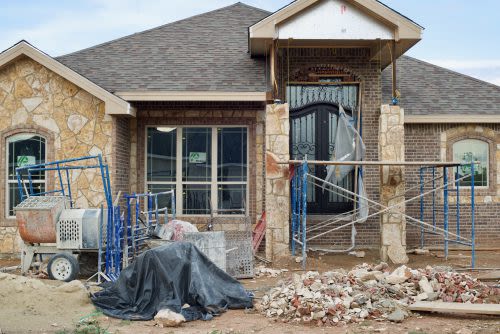
Houses can’t be built fast enough in Midland and Odessa as the two cities populations continue to rise. Photo by Mitch Borden / Marfa Public Radio
Houses can’t be built fast enough in Midland and Odessa as the two cities populations continue to rise. Photo by Mitch Borden / Marfa Public Radio
Originally published April 30, 2019
By Mitch Borden, Marfa Public Radio
From Marfa Public Radio:
Midland and Odessa are growing fast. A recent report put out by the U.S. Census Bureau showed the cities in 2018 were two of the fastest-growing communities in the country. But both cities have a big problem – they don’t have enough housing. That isn’t a surprise to anyone who’s tried to buy or rent there in the last few years.
What may be surprising is that even though housing prices are rising rapidly in both communities, it’s far cheaper to buy a house in Odessa than it is in Midland.
There are housing developments being constructed all around Odessa. Some are just a maze of roads, street lamps and vacant plots of red caliche, waiting for houses to be built.
Odessa and Midland are at the center of the oil boom in the Permian Basin. About a decade ago, horizontal fracking reignited the region’s oil industry. Since then, the two communities have been growing faster than houses can be put up.
Colby Brazile strolls through a house he’s currently working on at the edge of Odessa. He points out how constructions going.
“It’s just pretty simple in here and walking into the house,” Brazile says.
Right now, it’s just some walls and cement floors. But Brazile sees the potential.
“[Here’s] a long corridor leading us to an open living room. You can see the kids’ playroom. This house actually has two kitchens,” he says.
Brazile runs a high-end custom home construction company that works in both Midland and Odessa. He says the Permian Basin is like the wild west right now. There’s a lot of money. People are coming from all over to work. And, the housing shortage is making it more and more expensive to buy.
But, if you look at the numbers, it’s clear that homes in Midland, on average, are way more expensive than in Odessa – even though there’s a huge demand for housing in both cities.
Brazile says that doesn’t make sense.
“There’s no difference between a house in Odessa and a house in Midland,” he says
On average in 2018, a house in Midland sold for $284,000, but in Odessa homes usually went for $200,000. That’s a difference of almost $100,000.
Kay Sutton has been a realtor in the area for over four decades.
“Most people automatically assume that houses are cheaper in Odessa than they are in Midland,” Sutton says.
She says that’s not true. Sutton says houses built in Odessa typically aren’t as high-end as Midland homes, which is why they’re more affordable
“It’s not that you’re going to get more house for your money in Odessa. It’s that they have a stronger market for the moderately priced homes,” she says.
Since oil was discovered in the Permian Basin in the 1920s, Midland has been the corporate center. Sutton says that means more of the higher-paying jobs are based in Midland, including executives, geologists and engineers.
“We have more of the management for the oil industry based in Midland than Odessa does,” she says.
Odessa residents have traditionally worked jobs that are lower-paying, like oil field workers.
Some think the demographics are shifting and the two communities are becoming more similar. But that doesn’t line up with their housing markets. Despite the dramatic shortage, Odessa’s average home price is under the state’s average, which in 2018 was $232,000.
Midland, which is just twenty miles away, ranks as one of the most expensive places to buy a house in Texas.
Dr. Jim Gaines, the chief economist at A&M’s Real Estate Center says Midland home prices are right up there with Austin. He says the reason for this difference is simple, Odessa residents largely make less than Midlanders.
“It’s most noticeable, not only in the difference in median and average home prices but in the difference in the median and average household incomes,” he says.
Midland’s average household income in 2017 was $58,919 according to the U.S. Census Bureau. Odessa’s was $75,646.
“[The two communities] basically have two different markets,” Gaines says.
Midland and Odessa’s housing markets really mirror one another. In 2018, around 62 percent of the homes sold in Midland went for above $250,000. While in Odessa, 73 percent were priced below $250,000.
Gaines said the disparity between the communities probably won’t change anytime soon and both cities will continue to see prices go up as the housing shortage continues.
That could mean, he says, more people may start looking for homes in Odessa.
“If Midland becomes so pricey, then some of the people who might have otherwise bought a home in Midland might come down and buy a home in Odessa simply because it’s priced better — and commute. I mean, it’s only 20 miles that’s nothing,” Gaines says.
Either way, both cities have a long way to go before they catch up with their growing populations.
This Technology Could Reduce Flaring Pollution In The Permian Basin
Turbines would use excess gas from drilling sites to power fracking equipment..
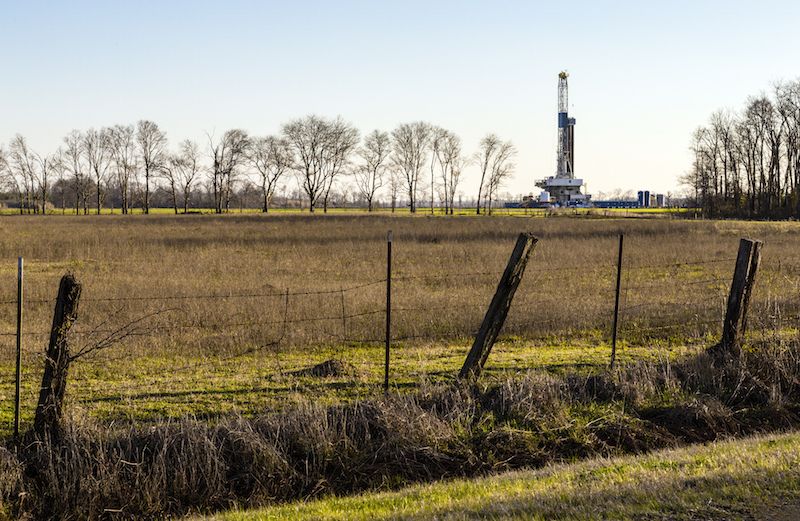
Photo by Daniel Foster/Flickr (CC BY-NC-SA 2.0)
Photo by Daniel Foster/Flickr (CC BY-NC-SA 2.0)
Originally published on May 3, 2019
By Alexandra Hart
A couple of weeks ago, we told you about flaring in the Permian Basin – and how all that natural gas going to waste could hypothetically produce enough energy to power ever home in Texas.
That left some listeners wondering: can't something be done about all this wasted gas?
Now, a Houston based company says they're working on it. Oilfield services company Baker Hughes says that they'll be debuting new technology to use excess natural gas produced from drilling to power equipment.
"(The technology) this natural gas thats produced as a byproduct out in the oilfield and use it to generate electricity," says Sergio Chapa, energy reporter for the Houston Chronicle. "It's just using a simple turbine that takes natural gas as a source and makes it electricity, and you can use that electricity to power drilling equipment, hydraulic fracturing equipment, all types of useful things out in the field."
What you'll hear in this segment:
– Why it would make a difference in drilling operations
– How it benefits the companies
– Why the use of this technology could become more widespread
Environmental Group Finds High Level Of Acid Rain Chemical In Permian Basin Air
Environmental Integrity Project found elevated levels of sulfur dioxide around Odessa, in particular. It says that's caused by natural gas "flaring," weak oversight and energy companies not following federal clean air regulations.
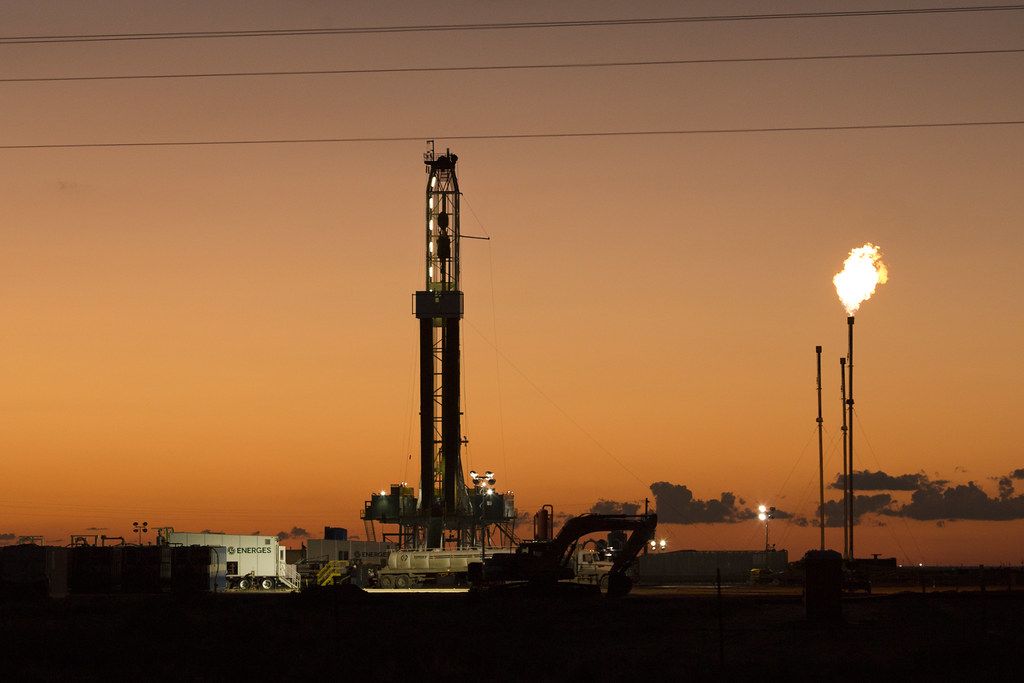
Photo by KUT
Photo by KUT
Originally published on May 10, 2019
By Alexandra Hart
The Permian Basin region, where oil and gas is produced, spans approximately 64,000 square miles. A new report from environmental advocacy group Environmental Integrity Project says that vast area is producing a lot more pollution than previously thought.
Ilan Levin, associate director of the group, says it has found abnormally high amounts of sulfur dioxide in the air.
“Sulfur dioxide is one of the key pollutants regulated by the federal Clean Air Act,” Levin says. “Acid rain: that was a term that was common in the 80s and 90s. That’s caused by sulfur dioxide pollution, and it’s a dangerous pollutant.”
What you’ll hear in this segment:
– How sulfur dioxide can affect people’s health and the environment
– How Levin’s group discovered the pollution, and why it’s in the air
– How a lack of air monitors makes it hard to measure pollution
– What can be done to improve Permian Basin air quality
Written by Caroline Covington.
As Oil Field Workers Flood Balmorhea With RVs, The Small Community’s Economy Is Revitalized
Fears that closure of the famous Balmorhea State Park pool would hurt the local economy have been calmed by the influx of new oil workers.
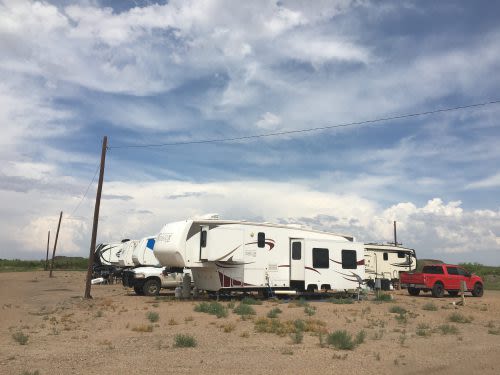
Oil field workers and their RVs began to fill the small town of Balmorhea after oil was discovered in the region. Photo by Mitch Borden / Marfa Public Radio
Oil field workers and their RVs began to fill the small town of Balmorhea after oil was discovered in the region. Photo by Mitch Borden / Marfa Public Radio
Originally published May 21, 2019
By Mitch Borden
From Marfa Public Radio:
In the middle of the Chihuahuan Desert, at the base of the Davis Mountains, the San Solomon Springs fill a pool at Balmorhea State Park. It’s considered a crown jewel of West Texas and people from all over come there to swim. Just five miles down the road sits a small community that shares the name Balmorhea and for decades, the sleepy little town has relied heavily on the cash spent by visiting tourists. Well, at least it used to.
For the last three years, Balmorhea has been caught in the middle of America’s busiest oilfield, the Permian Basin, after the oil and gas company Apache announced it had made a significant oil and gas discovery, called the Alpine High, in Southern Reeves County. This was followed by an influx of workers, drilling rigs, and flares burning off natural gas to the region.
Texas Oil Companies Are Already Feeling The Impact Of US And Iran Tensions
Oil prices started to climb in April, and they’ve really picked up since the conflict ratcheted up this month.
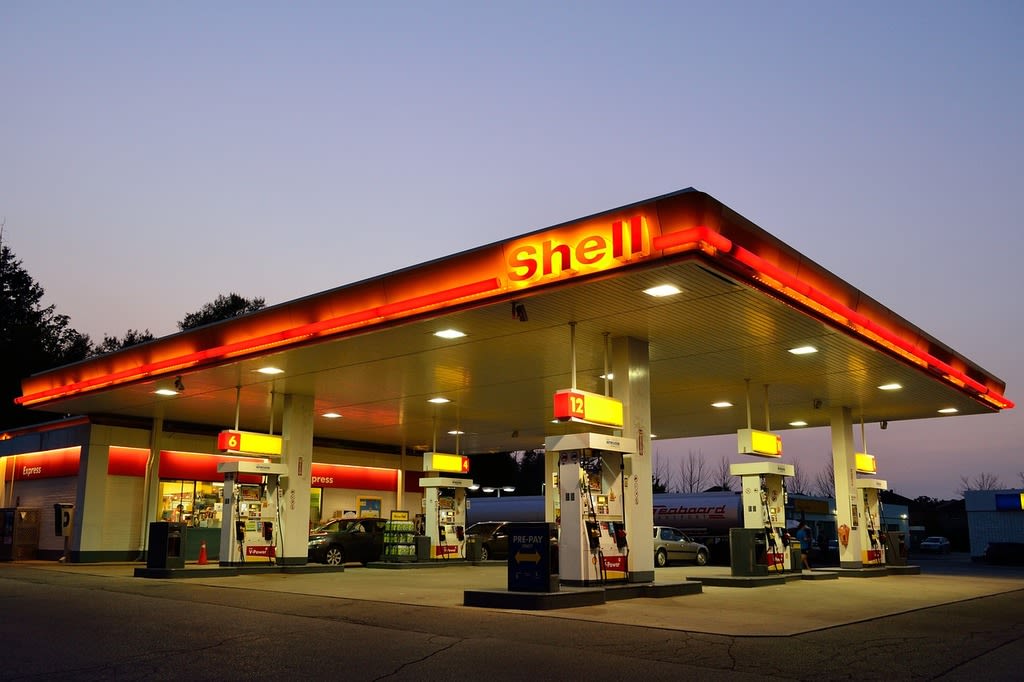
Oil prices have increased along with the tension between the two countries. While gas prices haven't increased much yet, that will likely happen soon. Photo by Picryl
Oil prices have increased along with the tension between the two countries. While gas prices haven't increased much yet, that will likely happen soon. Photo by Picryl
Originally published on June 24, 2019
By Michael Marks
Sabotaged oil tankers in the Strait of Hormuz, a downed drone and now threats of new economic sanctions have heightened the tension between the U.S. and Iran. And that tension has economic effects.
Matt Smith, director of commodity research at ClipperData, says what’s happening between the U.S. and Iran is affecting oil prices.
“We saw them move, actually, $20 higher by April,” Smith says. “And then, really, since the beginning of June, we’ve really seen prices picking up.”
Smith says President Donald Trump is more likely to impose economic sanctions, even though some members of his administration are pushing for military action.
“It seems probably best, at least for the people of Iran, that we see these economic sanctions continue, as opposed to this turning out to some full-blown war,” Smith says.
What you’ll hear in this segment:
– How the conflict between the U.S and Iran affects Texas oil companies
– How this conflict is different from ones in the past
– How it affects consumers
Written by Geronimo Perez.
Experts Say The Current Plastic Industry Boom Will Be A Bust In Five Years
Houston-area petrochemical businesses face pressure as other countries ramp up their plastics production.
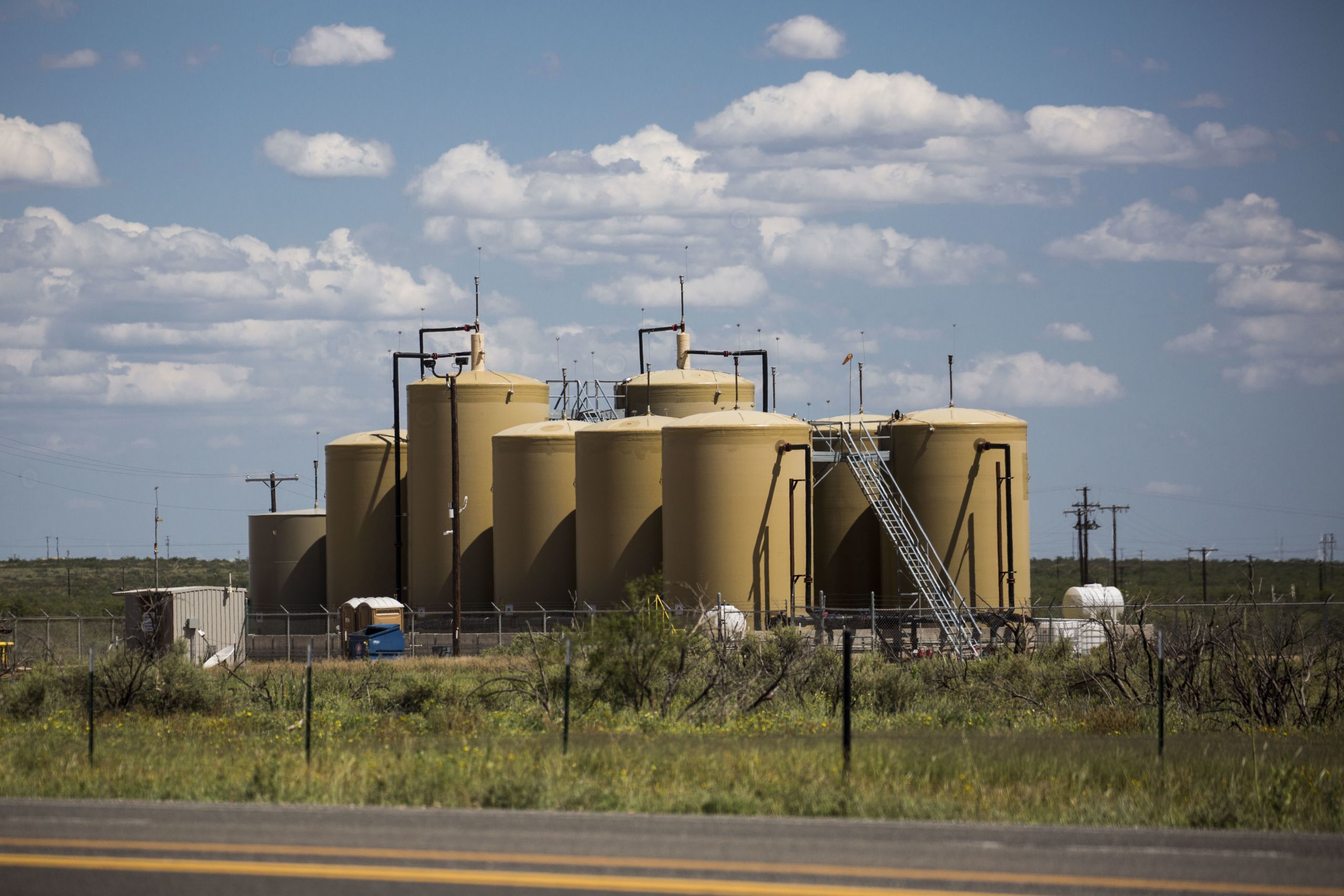
An oil tank battery at an oil well in west Texas. Photo by Gabriel C. Pérez/KUT
An oil tank battery at an oil well in west Texas. Photo by Gabriel C. Pérez/KUT
Originally published on July 17, 2019
By Laura Rice
The Permian Basin is booming, with more oil and natural gas being extracted than ever before. But those resources are often used to manufacture plastic in factories near Houston, and some experts say demand for that plastic could drop in the next five years, especially as countries like China and India open new plastic plants of their own.
Chris Tomlinson, a business and economics writer for The Houston Chronicle, says the industry has overestimated consumers’ desire for plastic. He also says the environmental effects of things like nurdles, plastic trash heaps in the ocean and plastic in landfills, is bothering consumers enough that they’re looking for alternatives.
“The problem is the industry has got ahead of itself and built more capacity than there is a demand for,” Tomlinson says. “You have this global movement away from plastic, calling for bans and boycotts.”
Tomlinson says if consumer demand for plastics continues to drop, there will be huge effects on the oil and gas industry. And if the industry doesn’t make immediate changes, cities like Houston will eventually have to deal with mass layoffs and reduction in available hours for the workers that stay, Tomlinson says.
“You’re going to lay people off, there are 68,000 who depend on the petrochemical industry for their jobs in Texas…” Tomlinson says. “The bigger challenge is going to be for the oil and gas industry who produces the raw materials to say to themselves: ‘Hey maybe we’re not going to have as much demand for our product as we think and maybe we need to scale back our future plans.’”
The oil and gas industry should be turning its attention to innovation and diversification – making products other than plastic – because as of now, they’re not, Tomlinson says. Five years is enough time. Oil and gas companies should follow the example of companies like Norway-based Equinor in finding alternative sources of energy like hydrogen, he says.
“What we have to stop hearing during these quarterly earnings calls are the oil and gas industry and oil and gas companies saying 'oh we’re going to be OK. Electric cars aren’t going to hurt us because we’re going to sell more petrochemicals,'” Tomlinson says. “Well guess what? I don’t think we are.”
Written by Marina Marquez.
How Will US-Iran Tensions Affect Texas Oil?
"It’s not going to have a downward effect on U.S. crude and will have an upward effect, if anything."
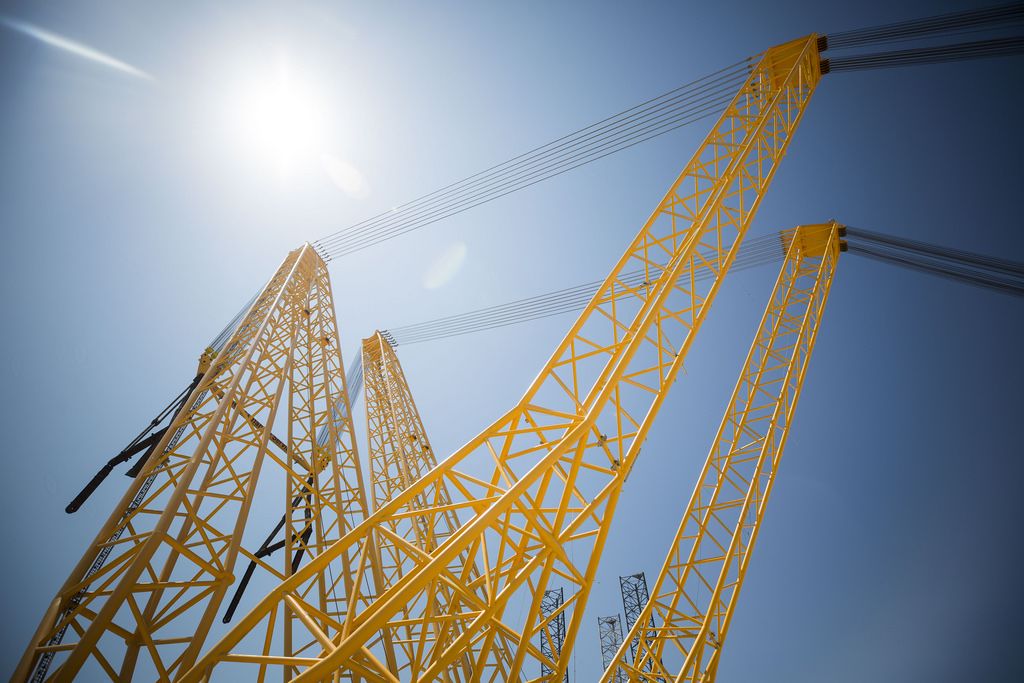
Photo by Gabriel C. Pérez/KUT
Photo by Gabriel C. Pérez/KUT
Originally published July 30, 2018
By Alexandra Hart
Tensions between the United States and Iran have intensified after the U.S. pulled out of the Iran Nuclear Deal with plans to reapply sanctions to the country. Turkey and China have so far refused to halt imports of Iranian oil, provoking the Trump administration.
Matt Smith, the director of commodity research at ClipperData, spoke to Texas Standard Host Laura Rice on how this tension could affect Texas oil.
"You have to look at [oil] as one big pool of supply," Smith says. "We could see supply reduced by half a million barrels a day because Iran cannot find buyers for that crude, and that situation would only deteriorate into next year because they may be able to find buyers, their production is going to drop because they will not have access to international materials, skills, etc. That will mean a lesser supply coming onto the market. What that means for U.S. prices is that they will feel the ripple of lower global supply because of the Iranian barrels coming off the market. It’s not going to have a downward effect on U.S. crude and will have an upward effect, if anything."
What you'llhear in this segment:
– What’s the big deal about the Strait of Hormuz?
– What happens next with oil sanctions on Iran?
Written by Haley Butler.
In The Permian, An Oil Boom's Hidden Challenges
West Texas wells produce more oil than the domestic market wants. But all that oil has to go somewhere.
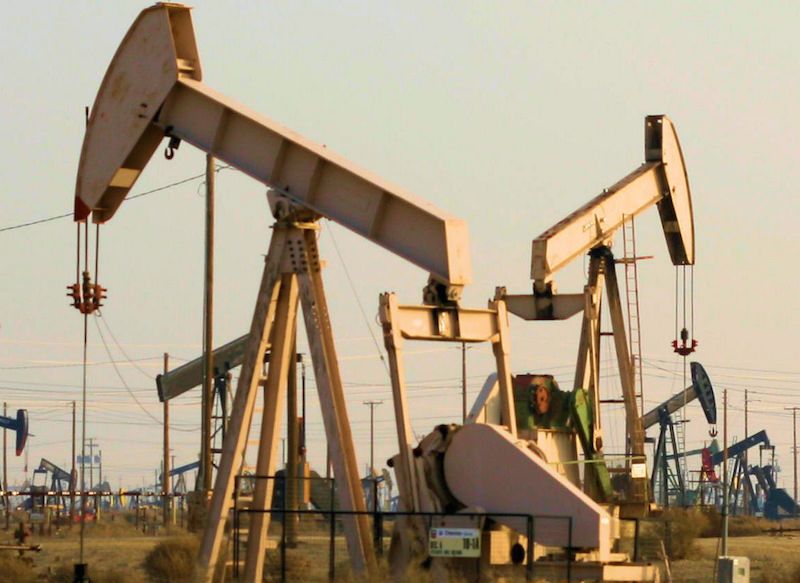
Flickr/Richard Masoner (CC BY-SA 2.0)
Flickr/Richard Masoner (CC BY-SA 2.0)
Originally published August 19, 2019
By Michael Marks
Because of advances in technology, extracting oil and gas is cheaper and easier than ever. Each day, in the Permian Basin alone, producers will pump roughly 4 million barrels of oil out of the ground. It's projected that average production will go up by 1 million barrels per day each year for the next four years. The amount of oil being produced is more than the domestic market can use, forcing the industry to find other places to sell it.
Dr. Ramanan Krishnamoorti is the chief energy officer at the University of Houston, and recently cowrote a Forbes article on the ongoing oil production boom. When the Permian Basin became the center of an oil boom, it was shareholders and investors who made sure the business continued to grow to its current rate, despite the fact that demand didn't warrant that much production.
“It’s all about return on investment. There’s been significant capital put into the Permian,” Krishnamoorti says. “And it’s now time to try and get back value on that capital that’s been put in.”
As oil and gas refineries and extraction sites across the world are reaching retirement age, and production is declining, the Permian Basin provides an excellent opportunity, Krishnamoorti says. The world is looking for a new source of oil and gas, and the Permian Basin is the perfect place is find it.
“The world is hungry. The world is in a delicate balance with supply and demand with oil and gas,” Krishnamoorti says. “The Permian is the perfect place to produce that new supply for the world as we look at the global situation, not just the U.S.”
An oil boom presents problems. Once oil and gas is out of the ground, producers need to find pipelines, storage and transportation to accommodate crude oil. A pipeline that will connect the Permian to Corpus Christi aims to at least partially solve the problem, but the project would need to accommodate 4 million barrels of oil a day in the next three years.
“When you try to go through that kind of expansion, there are challenges –massive challenges, with people with skills, with capital,” Krishnamoorti says. “It’s going to be a tightrope finish to see if we can get that kind of export capacity ready in three years.”
Despite the growing use of renewable energy sources, Krishnamoorti says that in the coming years, the global demand for oil will between 70 million to 120 million barrels per day. Current demand is about 95 million barrels per day. Most increased demand comes from foreign markets.
“For the past 20 years or so, we have been using more oil than we’ve found. Clearly there is going to be a need for this oil,” Krishnamoorti says. “There’s going to be a demand that is significant because of the demand from growing marketplaces in Asia, Africa and beyond.”
Written by Marina Marquez.
Nuclear Waste May Find A Home In Andrews County – Which Thrills And Horrifies Locals
The revenue Andrews County will earn from nuclear waste disposal is one reason some in the community are supportive of the project. Opponents fear the presence of high-level radiation in their community.
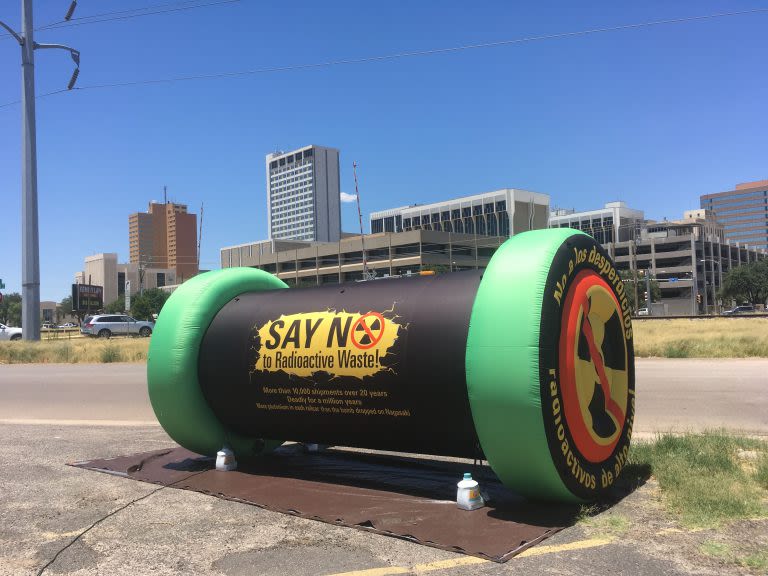
Protesters in Midland inflate a mock spent nuclear fuel cask to show the size of the containers that may be brought by train or to Waste Control Specialists’ facility in Andrews County. Photo by Mitch Borden / Marfa Public Radio
Protesters in Midland inflate a mock spent nuclear fuel cask to show the size of the containers that may be brought by train or to Waste Control Specialists’ facility in Andrews County. Photo by Mitch Borden / Marfa Public Radio
Published on August 29, 2019
By Mitch Borden, Marfa Public Radio
From Marfa Public Radio:
Early last year, a Texas-based company revived its efforts to temporarily store spent nuclear fuel from the country’s power plants in Andrews County. The potential storage location happens to be right in the middle of the nation’s busiest oil field — the Permian Basin.
This has an oil company, some local residents and environmental groups worried. But others are hopeful that the efforts to store the waste might be a boon to the local economy.
New Mexico’s Oil Boom Is Dividing A Region Known As ‘Little Texas’ From The Rest Of The State
The state budget depends on oil revenue, but conservatives in the oil patch say they don’t see the benefits in return.

An oil pump jack in southeastern New Mexico, a region known as "Little Texas." Beatnik Photos/Flickr (CC BY 2.0)
An oil pump jack in southeastern New Mexico, a region known as "Little Texas." Beatnik Photos/Flickr (CC BY 2.0)
Originally published on October 29, 2019
By Alexandra Hart
Oil production in southeastern New Mexico is an important part of that state’s economy. But those living and working in that region – known as “Little Texas” – aren’t exactly happy about that, especially as more and more money generated from the Permian Basin oil boom gets disbursed elsewhere. Now, some locals say, half-jokingly, that they’d rather be part of Texas – only miles to the east – than deal with their Democrat-controlled Statehouse in Santa Fe.
Simon Romero is a national correspondent for The New York Times based in Albuquerque. He says New Mexico’s state budget depends on revenue from the oil industry.
“[New Mexico] ranks among the poorest states in the country, and it relies heavily on oil revenues to pay teachers, to buy school supplies, to keep the heat on in schools during the winter.”
What you’ll hear in this segment:
– Why those in Little Texas are unhappy with how New Mexico manages oil revenue
– Why oil revenue is important for the state
– Whether New Mexico is prepared for the boom and bust cycle of oil production
– How the oil boom has brought new wealth to southeastern New Mexico
Written by Libby Cohen and Caroline Covington.
Why A Drop In Oil Patch Jobs Is Good, And Bad, For The Permian Basin
An end to a hiring spree could mean less strain on infrastructure and lower home prices, but also less money coming into the region.
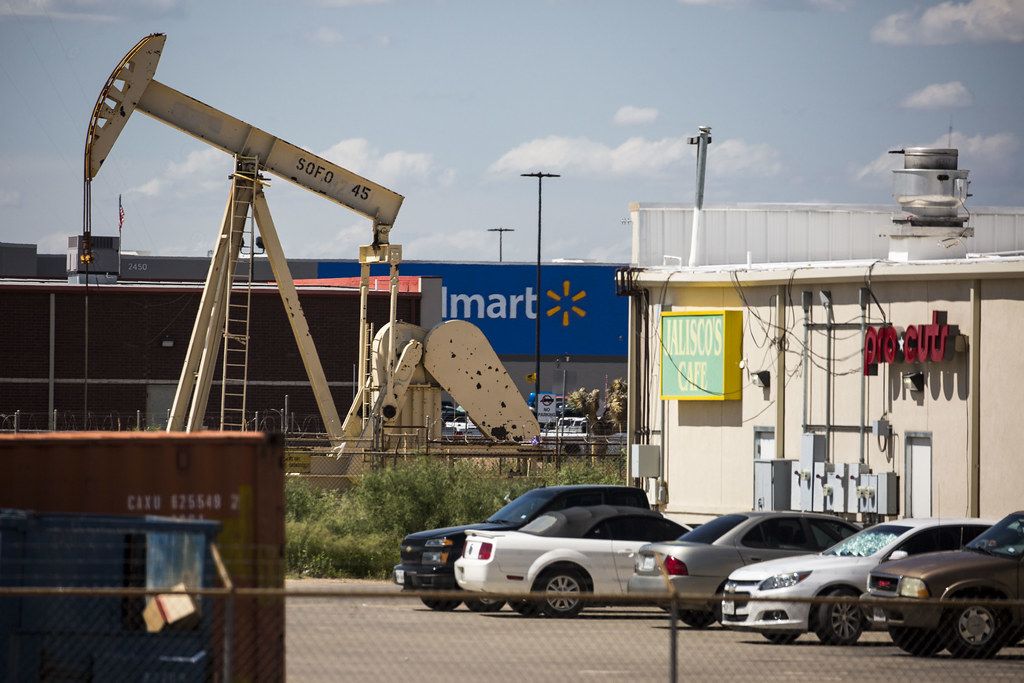
An influx of oil field workers to Midland-Odessa in West Texas helped strengthen the local economy, but it also meant high home prices and other challenges for residents. Photo by Gabriel C. Pérez/Texas Standard
An influx of oil field workers to Midland-Odessa in West Texas helped strengthen the local economy, but it also meant high home prices and other challenges for residents. Photo by Gabriel C. Pérez/Texas Standard
Originally published on December 9, 2019
By Kristen Cabrera
Out in the West Texas Permian Basin, oil and gas companies are pumping a steady amount of fossil fuels from underground. But these days, they’re doing all that with fewer resources. Experts say the industry has ended its “hiring spree” that brought many high-paying jobs to the region, and that could be a sign of trouble ahead.
Jesse Thompson, a senior business economist at the Houston branch of the Federal Reserve Bank of Dallas, says energy companies are hiring fewer workers and reducing the number of rigs in operation as a way to stay profitable.
“We’re seeing some firms trying to right size and still trying to find ways to either reduce activity or reduce sending, in general, in order to generate better returns,” Thompson says.
What you’ll hear in this segment:
– How fewer oil patch jobs is a boon and a problem for cities in the Permian Basin
– What the ripple effect could be on other businesses in West Texas
– How energy companies are still producing a lot of oil despite layoffs
Written by Savana Dunning.

